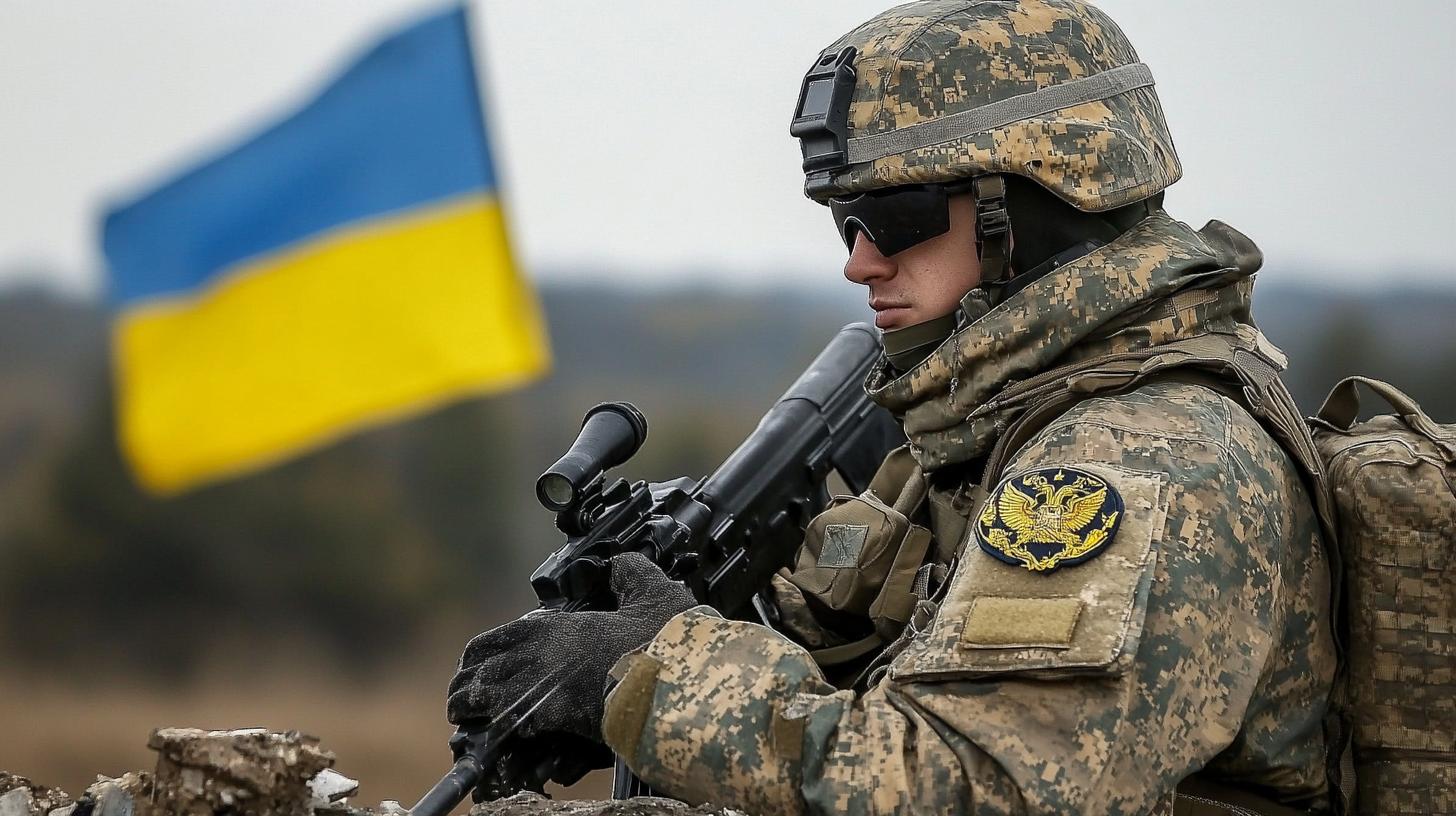In a striking escalation, Ukraine has launched missiles into Russia’s Bryansk region using American-made weaponry, according to the Russian Defense Ministry. This dramatic event marked the 1,000th day of the ongoing conflict.
The missile strike occurred mere days after President Biden gave Kyiv the green light to deploy the longer-range American arms against Russian targets. The move highlights how swiftly Ukraine has acted to utilize these newfound capabilities. Kyiv has yet to officially comment on this significant attack.
Early Tuesday at 3:25 a.m. local time, six ballistic missiles targeted a Russian facility in Bryansk, reportedly including the ATACMS missiles provided by the United States. Although Russian defenses intercepted five of the projectiles, fragments from the damaged sixth missile ignited a fire on a military site, which has since been controlled. Thankfully, no casualties or significant structural damage were reported.
President Biden’s decision to permit Ukraine to use these longer-range missiles within Russian boundaries arrived at a critical juncture in the conflict. While Russia maintains pressure on Ukraine’s frontlines and critical infrastructure, Ukraine has responded by intensifying its own military efforts.
The development comes amid Russia’s recent strategic adjustments, including updates by President Vladimir Putin to Russia’s nuclear doctrine. This revision underscores potential military responses to threats perceived as collaborative acts of aggression involving nuclear-capable states.
In the broader context, the decision to arm Ukraine with these advanced missile systems followed extensive US deliberations, reflecting a balancing act between bolstering Ukraine’s defense and managing global security implications.
How Ukraine’s Use of Advanced US Missiles Signals a New Era in Warfare
Ukraine’s strike on Russia’s Bryansk region with American-made weaponry has set a new precedent in modern warfare, raising questions about the future of international military conflicts and technological advancements. This bold move by Ukraine, happening on the 1,000th day of its conflict with Russia, reveals not only the strategic depth of current geopolitical engagements but also the intricate dance of global military alliances.
Technological Leap: The Impact of Advanced Armaments
The use of longer-range ATACMS missiles by Ukraine exemplifies a significant technological leap in its military capabilities. These advanced armaments allow Ukraine to strike distant targets with precision, altering traditional battleground dynamics. This escalates the importance of long-range missile technology in modern warfare, highlighting a shift from conventional frontline battles to strategic, deep-strike operations.
Advantages and Disadvantages for Modern Conflicts
The incorporation of long-range missile systems into Ukraine’s arsenal has both positive and negative implications:
– Advantages:
– Strategic Depth: Provides Ukraine with the ability to execute precise strikes on critical enemy infrastructure without the need for proximity.
– Deterrence: Enhances Ukraine’s deterrent capabilities against potential aggressors, potentially staving off further military incursions.
– Alliance Strengthening: Reflects trust and cooperation between the United States and Ukraine, fostering stronger military alliances.
– Disadvantages:
– Escalation Risks: Increases the potential for retaliatory actions, heightening tensions and the risk of wider conflict.
– Diplomatic Strains: Could lead to diplomatic backlash from nations concerned about the precedents set by such military aid.
– Dependency: May create long-term dependency on foreign military technology for defense.
Controversies Surrounding Military Alliances and Arms Trade
The United States’ decision to provide advanced weaponry to Ukraine is not without controversy. It raises ethical questions about the international arms trade and the extent to which powerful nations should intervene in regional conflicts. Some argue this could signal a new arms race, as nations strive to equip themselves with similar capabilities.
Questions and Implications
Will other countries follow suit by developing or distributing long-range missile systems to allies? How will this affect global security policies and military strategies?
The decision could potentially reshape global arms protocols, pressing international bodies to reconsider regulations on advanced military systems.
Final Thoughts
The use of these missiles by Ukraine marks a pivotal moment in military technology and international relations, offering both opportunities and challenges. As nations navigate this new landscape, the balance between ensuring national security and maintaining global stability remains delicate.
For further exploration into international relations and military tech innovations, visit NATO and United Nations.

















